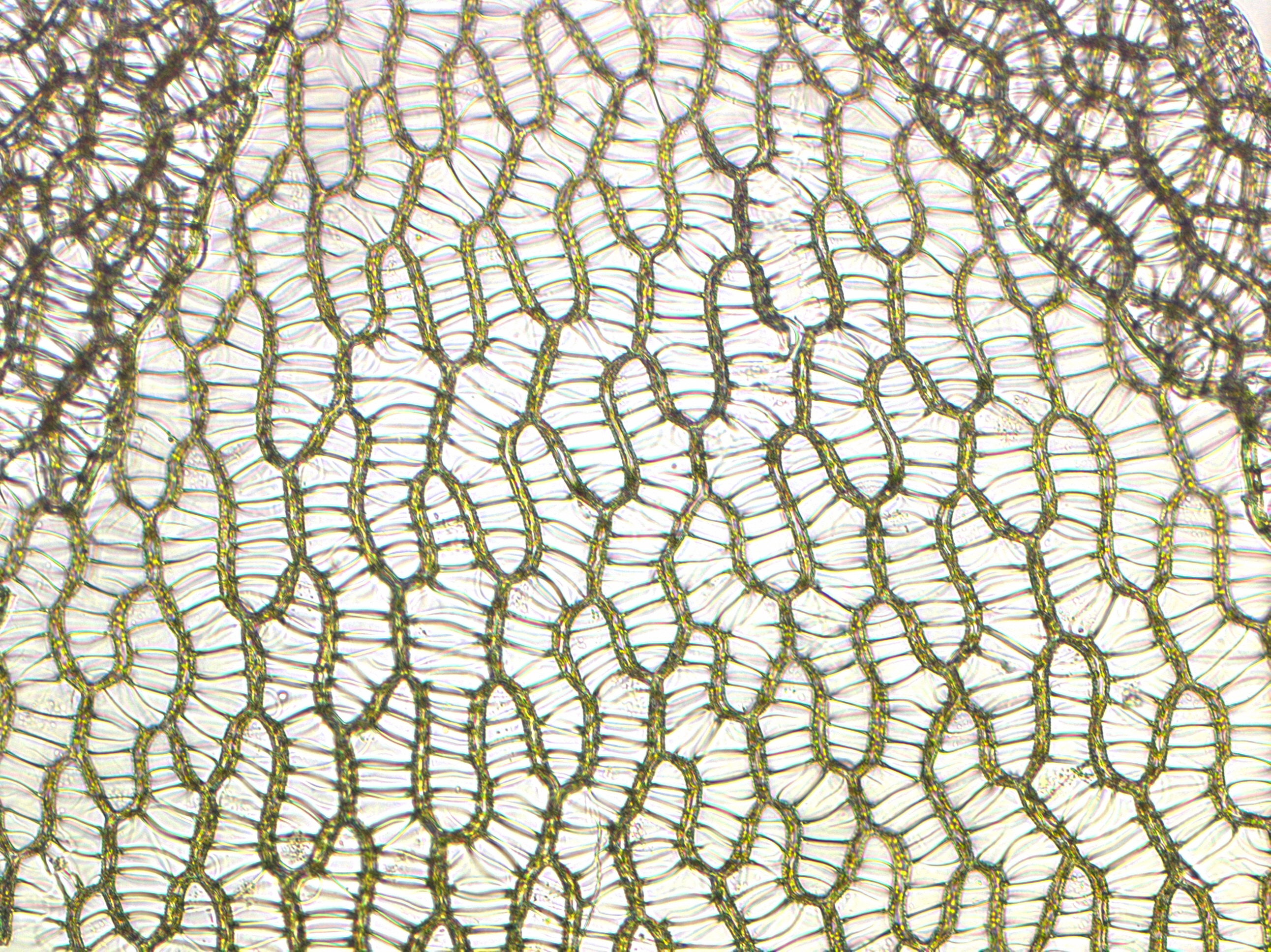|
Scoulton Mere
Scoulton Mere is a biological Site of Special Scientific Interest west of Wymondham in Norfolk, England. The principal ecological interest of this site lies in the swamp, fen and bog flora on islands in the mere and along the shore. The largest island, called Scoulton Heath, is mainly covered in sphagnum moss ''Sphagnum'' is a genus of approximately 380 accepted species of mosses, commonly known as sphagnum moss, also bog moss and quacker moss (although that term is also sometimes used for peat). Accumulations of ''Sphagnum'' can store water, since ..., and other plants include the nationally rare crested buckler fern. There is no public access to the site. References {{SSSIs Norfolk Sites of Special Scientific Interest in Norfolk ... [...More Info...] [...Related Items...] OR: [Wikipedia] [Google] [Baidu] |
Site Of Special Scientific Interest
A Site of Special Scientific Interest (SSSI) in Great Britain, or an Area of Special Scientific Interest (ASSI) in the Isle of Man and Northern Ireland, is a conservation designation denoting a protected area in the United Kingdom and Isle of Man. SSSI/ASSIs are the basic building block of site-based nature conservation legislation and most other legal nature/geological conservation designations in the United Kingdom are based upon them, including national nature reserve (United Kingdom), national nature reserves, Ramsar Convention, Ramsar sites, Special Protection Areas, and Special Area of Conservation, Special Areas of Conservation. The acronym "SSSI" is often pronounced "triple-S I". Selection and conservation Sites notified for their Biology, biological interest are known as Biological SSSIs (or ASSIs), and those notified for geological or Physical geography, physiographic interest are Geological SSSIs (or ASSIs). Sites may be divided into management units, with some a ... [...More Info...] [...Related Items...] OR: [Wikipedia] [Google] [Baidu] |
Wymondham
Wymondham ( ) is a market town and civil parishes in England, civil parish in the South Norfolk district of Norfolk, England. It lies on the River Tiffey, south-west of Norwich and just off the A11 road (England), A11 road to London. The parish, one of Norfolk's largest, includes rural areas to the north and south, with hamlets of Suton, Silfield, Spooner Row and Wattlefield. It had a population of 14,405 in 2011, of whom 13,587 lived in the town itself. Development The community developed during the Anglo-Saxon settlement of Britain, Anglo-Saxon period and expanded with the establishment of a Wymondham Abbey, priory in 1107 and a market in 1204. Industrially, Wymondham became known as a centre of woodturning and brush-making, retaining its brush factories until the late 20th century. New housing to the north and east of the town centre brought rapid expansion. Dual carriageways for the A11 and the development of rapid rail links to Norwich and Cambridge means Wymondham is no ... [...More Info...] [...Related Items...] OR: [Wikipedia] [Google] [Baidu] |
Norfolk
Norfolk ( ) is a Ceremonial counties of England, ceremonial county in England, located in East Anglia and officially part of the East of England region. It borders Lincolnshire and The Wash to the north-west, the North Sea to the north and east, Cambridgeshire to the west, and Suffolk to the south. The largest settlement is the city of Norwich. The county has an area of and a population of 859,400. It is largely rural with few large towns: after Norwich (147,895), the largest settlements are King's Lynn (42,800) in the north-west, Great Yarmouth (38,693) in the east, and Thetford (24,340) in the south. For local government purposes Norfolk is a non-metropolitan county with seven districts. The centre of Norfolk is gently undulating lowland. To the east are the Broads, a network of rivers and lakes which extend into Suffolk and which are protected by the Broads Authority, which give them a similar status to a National parks of England and Wales, national park. To the west the ... [...More Info...] [...Related Items...] OR: [Wikipedia] [Google] [Baidu] |
Sphagnum Moss
''Sphagnum'' is a genus of approximately 380 accepted species of mosses, commonly known as sphagnum moss, also bog moss and quacker moss (although that term is also sometimes used for peat). Accumulations of ''Sphagnum'' can store water, since both living and dead plants can hold large quantities of water inside their cells; plants may hold 16 to 26 times as much water as their dry weight, depending on the species.Bold, H. C. 1967. Morphology of Plants. second ed. Harper and Row, New York. p. 225–229. The empty cells help retain water in drier conditions. As ''Sphagnum'' moss grows, it can slowly spread into drier conditions, forming larger mires, both raised bogs and blanket bogs. Thus, ''Sphagnum'' can influence the composition of such habitats, with some describing ''Sphagnum'' as 'habitat manipulators' or 'autogenic ecosystem engineers'. These peat accumulations then provide habitat for a wide array of peatland plants, including sedges and ericaceous shrubs, as well as ... [...More Info...] [...Related Items...] OR: [Wikipedia] [Google] [Baidu] |
Dryopteris Cristata
''Dryopteris cristata'' is a perennial species of fern native to wetlands throughout the Northern Hemisphere. It is known as crested wood fern, crested buckler-fern or crested shieldfern. This plant is a tetraploid species of hybrid origin, one parent being '' Dryopteris ludoviciana'' and the other being the unknown, apparently extinct species, dubbed ''Dryopteris semicristata'', which is also one of the presumed parents of ''Dryopteris carthusiana''. ''D. cristata'' in turn is one of the parents of '' Dryopteris clintoniana'', another fern of hybrid origin. The crested wood fern is a wetland plant, needing year-round moisture. The fronds often grow quite tall, up to a meter or more in height, but are extremely narrow under most conditions. This plant is toxic. Description The plant is upright-ish, growing in leaf bunches, slightly leathery leaved and dark green. It has a short rootstock. The 20–30cm leaves grow in upright sparse-ish bunches. The leaves without sporangium s ... [...More Info...] [...Related Items...] OR: [Wikipedia] [Google] [Baidu] |


